For many Halloween-themed edibles, food dye eases the transformation from gourmet to grotesque. Simple designs with red and green can put the “devil” in deviled eggs and make any drink look like a cauldron-worthy concoction. Yet, the consumption of too much food coloring might prove to be just as scary as your Halloween costume itself.
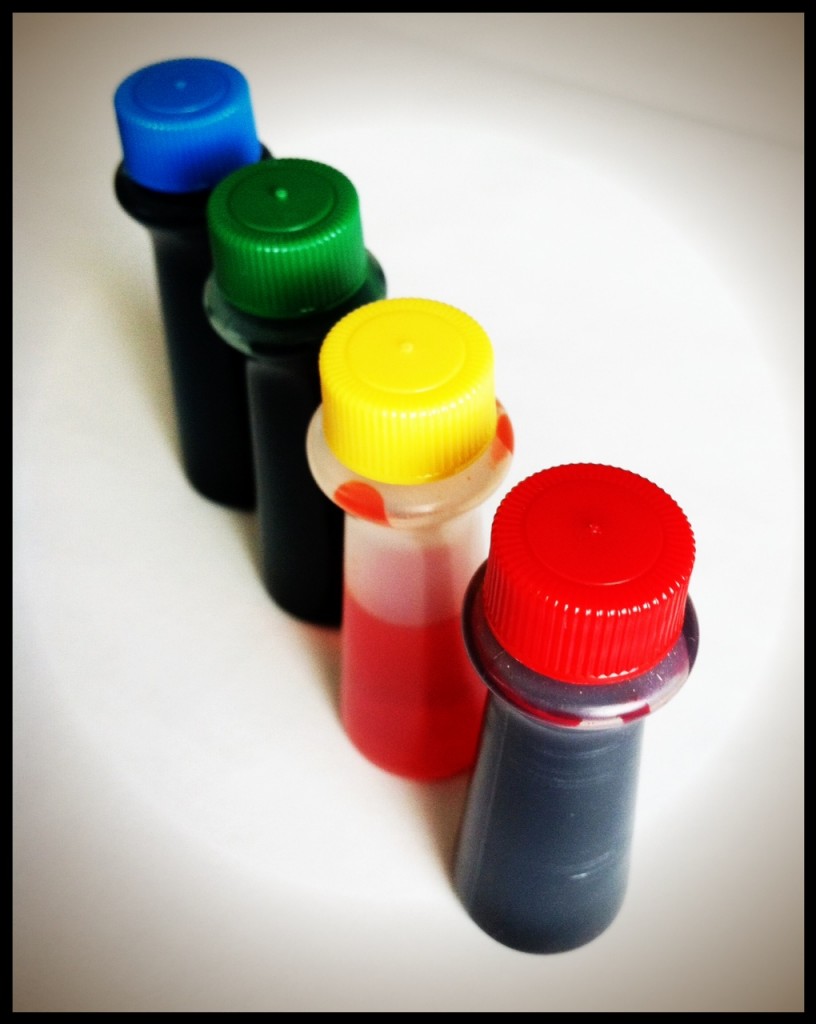
Photo courtesy of www.100daysofrealfood.com
Food coloring has no nutritional value and published reports have flagged several common chemical dyes as having carcinogenic potential. According to WebMD, research has long supported the idea that there is a link between ADHD and food coloring. A British study conducted in 2007 came to find that coloring additives and sodium benzoate (a common ingredient in synthetic food dyes) could provoke hyperactive behavior in children. While it may be rather unlikely that intake of food coloring will result in development of ADHD, do we really want to risk it at the height of midterms season? Probs not.
In general, artificial foods should be eaten in moderation. Thankfully, there are many natural substitutions for synthetic food dyes that can add a healthy kick to your Halloween treats.
Four Natural Sources:
1. Beets
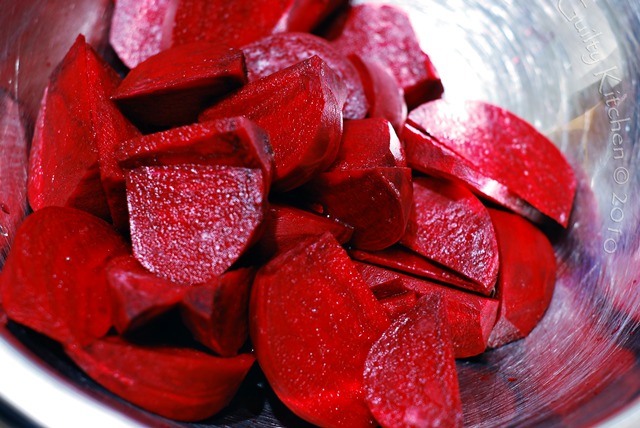
Photo courtesy of guiltykitchen.com
Beets can give your food a frightening red hue with minimal, if any, change of flavor.
2. Carrots
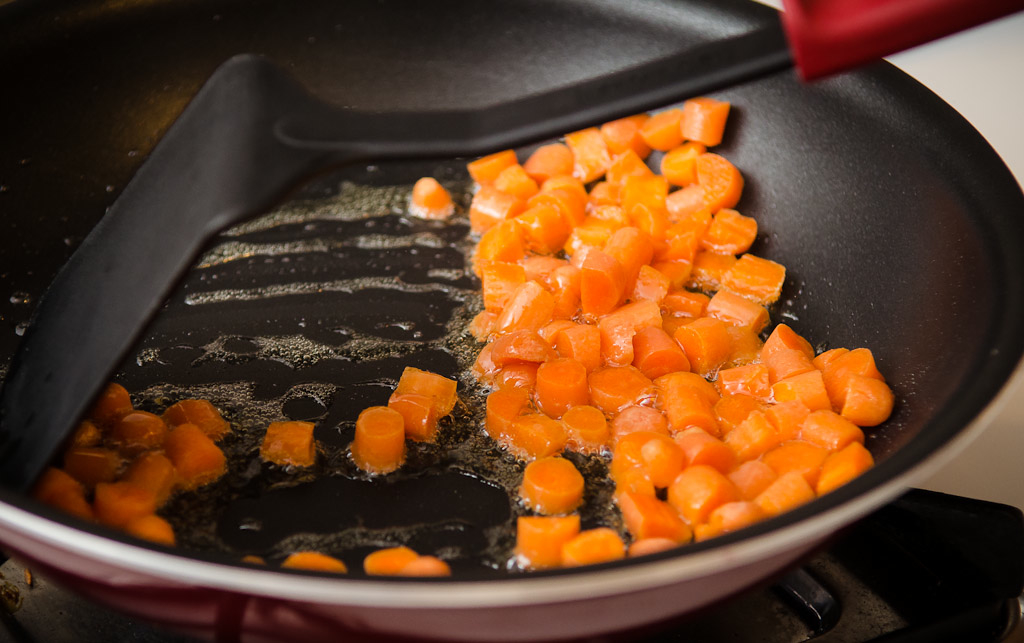
Photo by Bernard Wen
Use carrots (or pumpkin) to get an orange color — incidentally, Fanta uses it to dye its orange soda.
3. Spinach
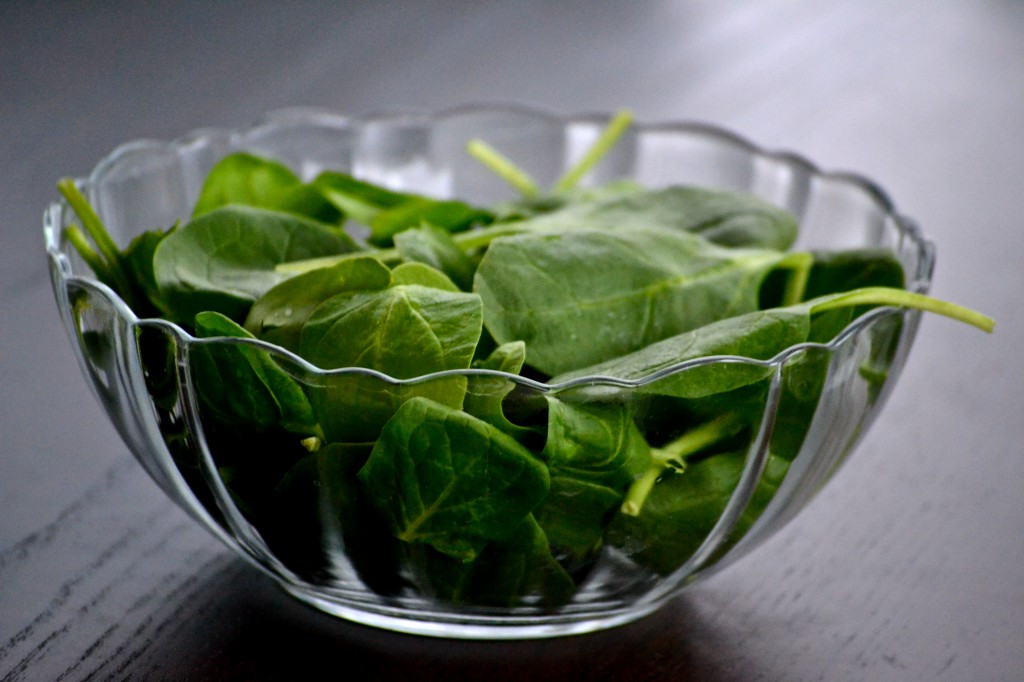
Photo by Neelima Agrawal
Surprisingly, a little spinach can turn plain white frosting green without impacting taste.
4. Blueberries
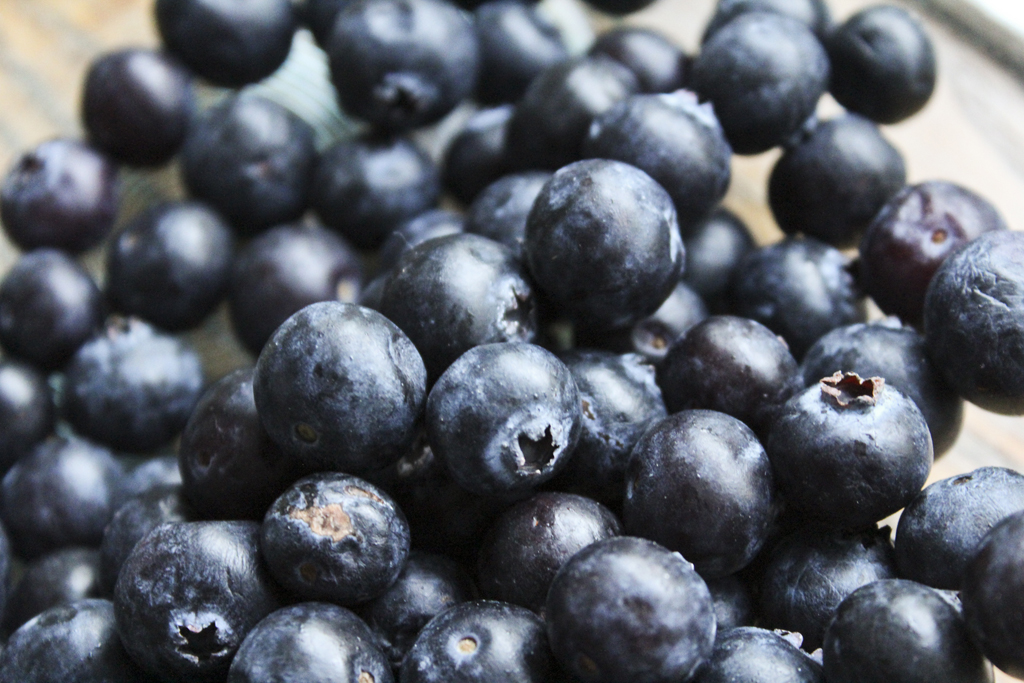
Photo by Hannah Lin
Blueberries or blackberries add a fruity flare and can turn any treat blue or purple.
Take a look at this list for more extensive directions on organic food coloring, and let the most chilling aspect of your Halloween party be your themed snacks and drinks.

